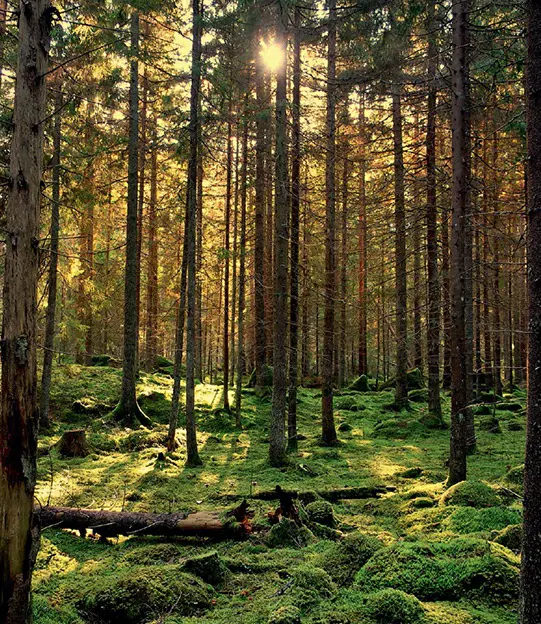Boreal forests, also known as taiga, represent the largest land biome on Earth, primarily located in the northern hemisphere between approximately 50° and 60° north latitude. Characterized by their low average annual temperatures, moderate snowfall, and nutrient-poor soils, these forests span vast areas in Siberia, Scandinavia, Alaska, and Canada.
The vegetation in boreal forests mainly consists of cold-resistant evergreen trees like pine, fir, and spruce. These thick canopies play a crucial role in absorbing sunlight, resulting in a limited underbrush of moss, lichen, and mushrooms. The animal life in the taiga is diverse yet specific, including species such as bears, moose, wolves, and various birds, some of which are migratory.
Boreal forests are significant not just for their ecological importance but also for their economic value. They are a major source of global lumber production and host various mining and oil/gas extraction activities. However, these economic activities raise concerns about sustainable management and conservation of the taiga. Organizations like the Taiga Action Network, formed in 1992, have been pivotal in advocating for the protection of these forests, involving over 200 NGOs, indigenous groups, and individuals.
The United Nations Convention on Biological Diversity, established the same year, plays a crucial role in ensuring responsible stewardship of boreal forest resources. This includes maintaining ecological balance, respecting indigenous rights, adhering to environmental laws, and ensuring safety and training for forest workers.
One of the most crucial aspects of boreal forests is their role in the global climate. These forests store immense amounts of carbon in their wetlands and peat bogs, surpassing the combined carbon storage of temperate and tropical forests. This makes their preservation vital for mitigating climate change impacts.

